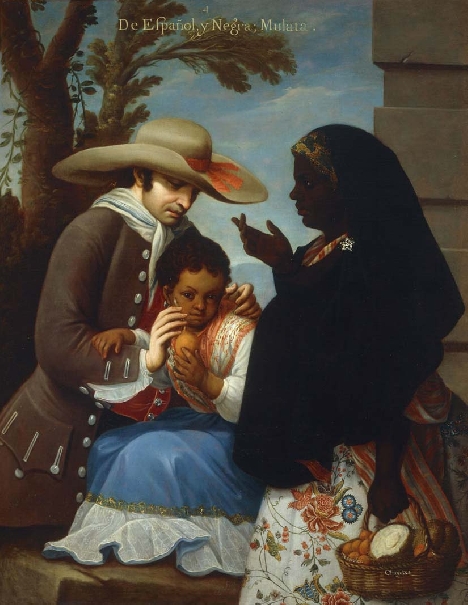About this Event
The Lounge Lecture series, hosted alongside the current exhibit Cloth That Stretches: Weaving Community Across Time and Space, provides an opportunity to explore topics related to cloth and textiles with leading experts. This February, join Sugata Ray on a journey exploring the complex histories of cotton.
Colonial Mexican casta paintings depicting Indian printed cotton textiles; a cotton palampore from south India with images copied from a ca. 1705 French engraving of Don Quixote; eighteenth-century Indian textiles with European motifs produced for an Indonesian market: Renowned for its vibrant fast colors that did not fade easily, cotton textiles from India were ubiquitous in the early modern period. Although cotton from India was being exported to the ports of the Red Sea and North Africa from as early as the first century CE, the establishment of a maritime trade route connecting Philippines and Spanish America in the 1560s and a concurrent increase of the presence of European traders in the India Ocean littoral led to Indian cotton textiles becoming one of the most valuable commodities of global trade by the seventeenth century. Taking a longue durée approach, the talk will bring together art history, environmental humanities, and maritime studies to narrate a global history of Indian cotton. We will trace the ways in which the circulation of printed, painted, and dyed India cotton across Indian Ocean and Pacific worlds engendered new aesthetic systems in diverse parts of the globe. We will also see how the global trade in Indian textiles transformed sartorial cultures in the subcontinent.
About the Speaker
Sugata Ray is Associate Professor of South and Southeast Asian art in the History of ArtDepartment at the University of California, Berkeley. He is the author of Climate Change and the Art of Devotion: Geoaesthetics in the Land of Krishna, 15501850 (2019); Water Histories of South Asia: The Materiality of Liquescence (2019; coedited); and Ecologies, Aesthetics, and Histories of Art (forthcoming; coedited). His current book project, Matter, Material, Materiality: Indian Ocean Art Histories in the Early Modern World, focuses on the global trade in exotica, natural resources, and luxury objects that shaped ecocultural perceptions of the Indian Ocean in the early modern period.
Accessibility
The Museums newly renovated Gallery strives to provide excellence in accessibility for all visitors. The entrance and all exhibit spaces are wheelchair accessible and located on a single floor. Automatic door push-buttons are available at the front entrance. Content is provided at standard heights with all text in large, legible fonts. A variety of furniture is provided throughout the Gallery to provide resting points for all guests. All exhibit cases and displays are cane detectable. Public restrooms are located near the Gallery. With advance notice, we are happy to provide additional support for guests with specific needs. Please email pahma-gallery@berkeley.edu for more info.

